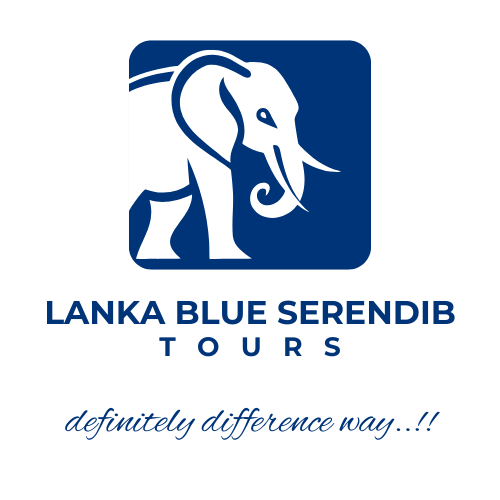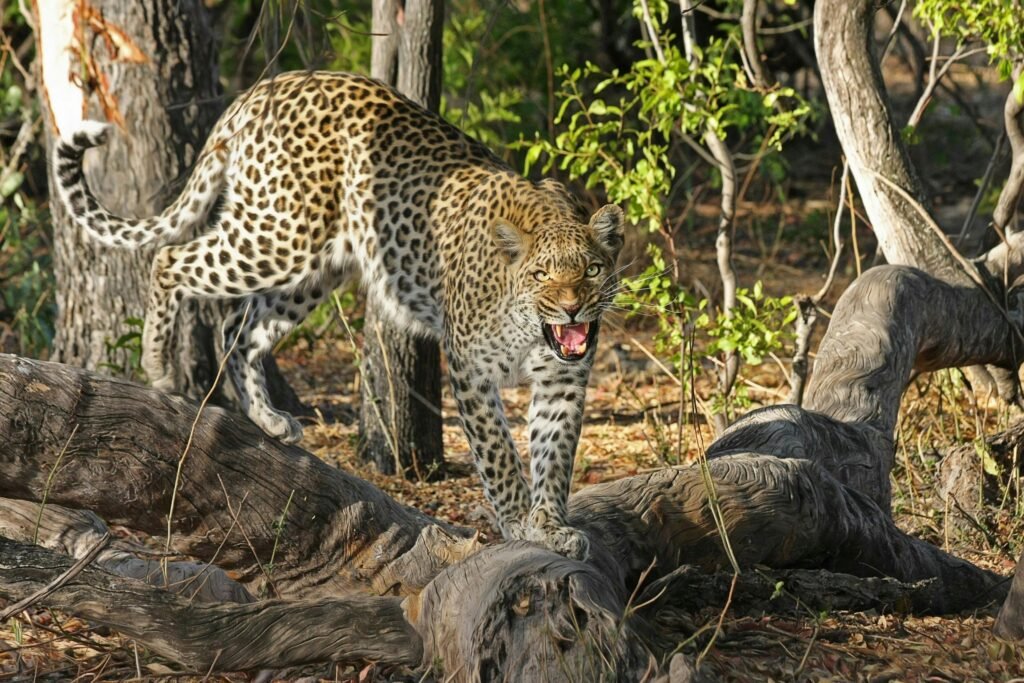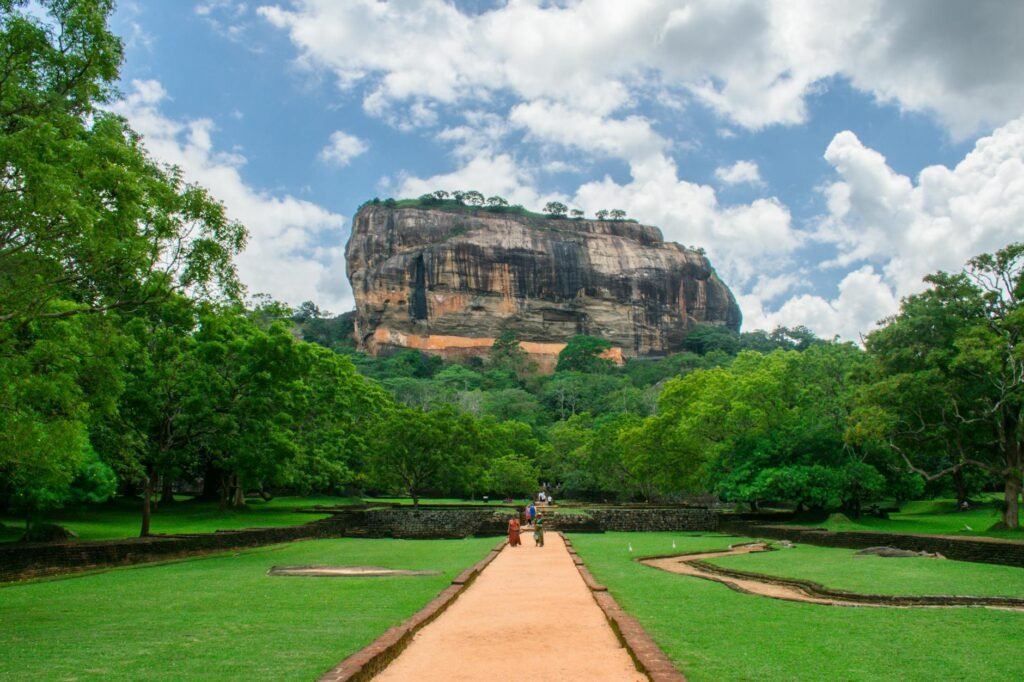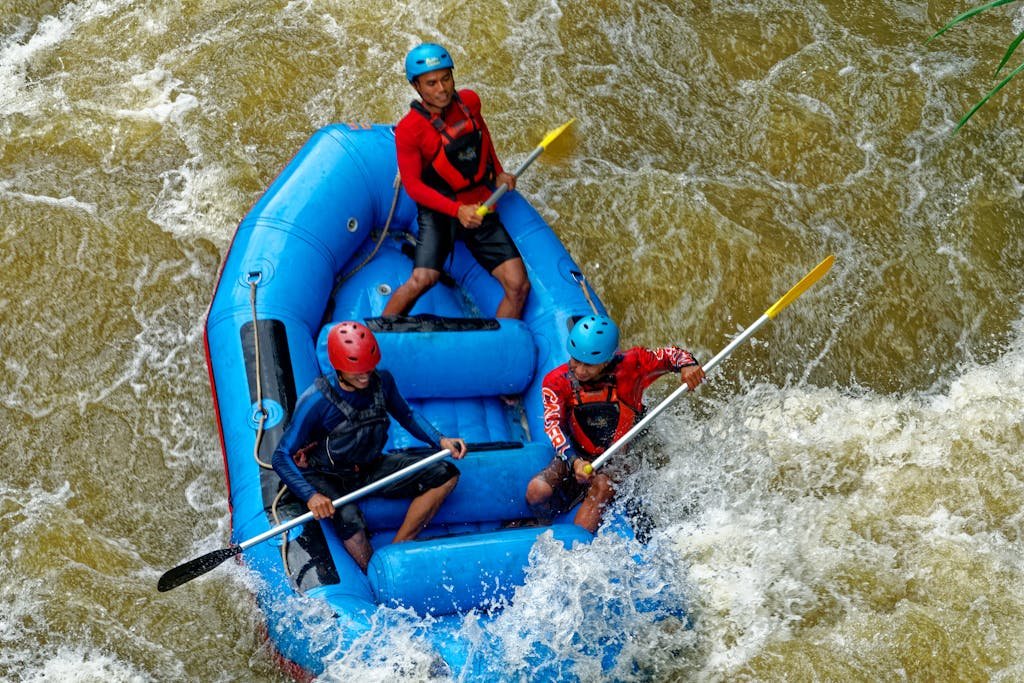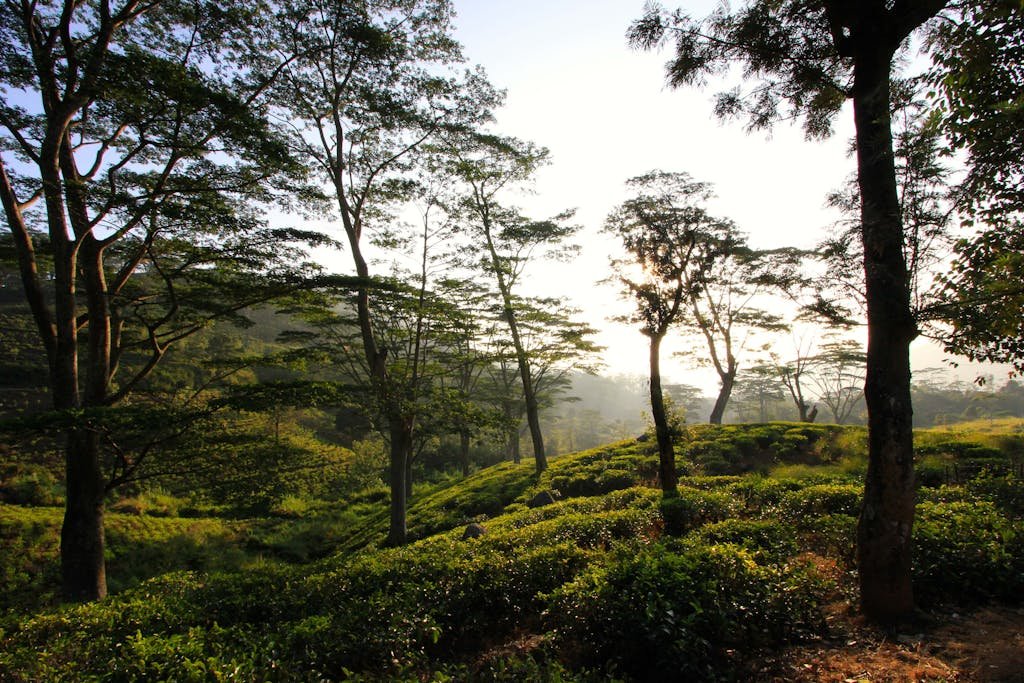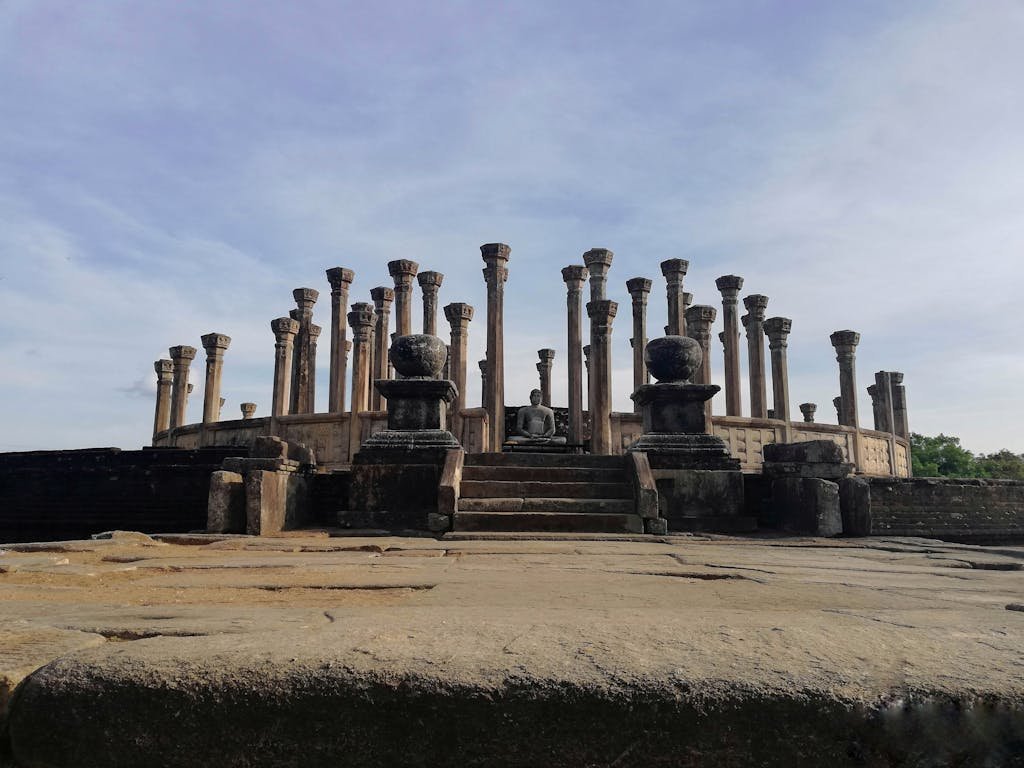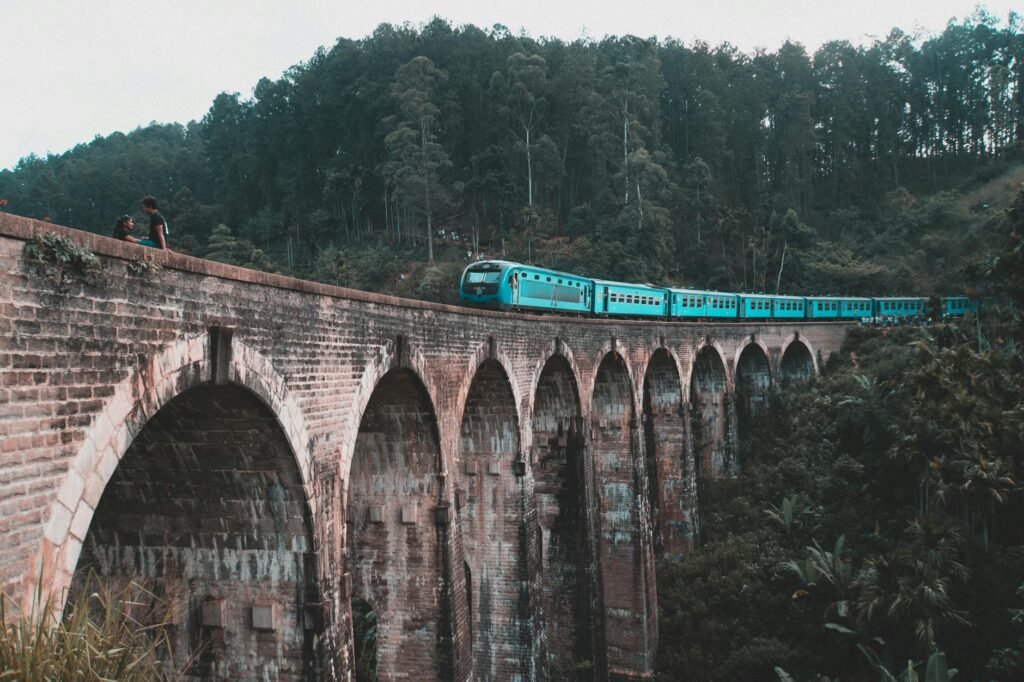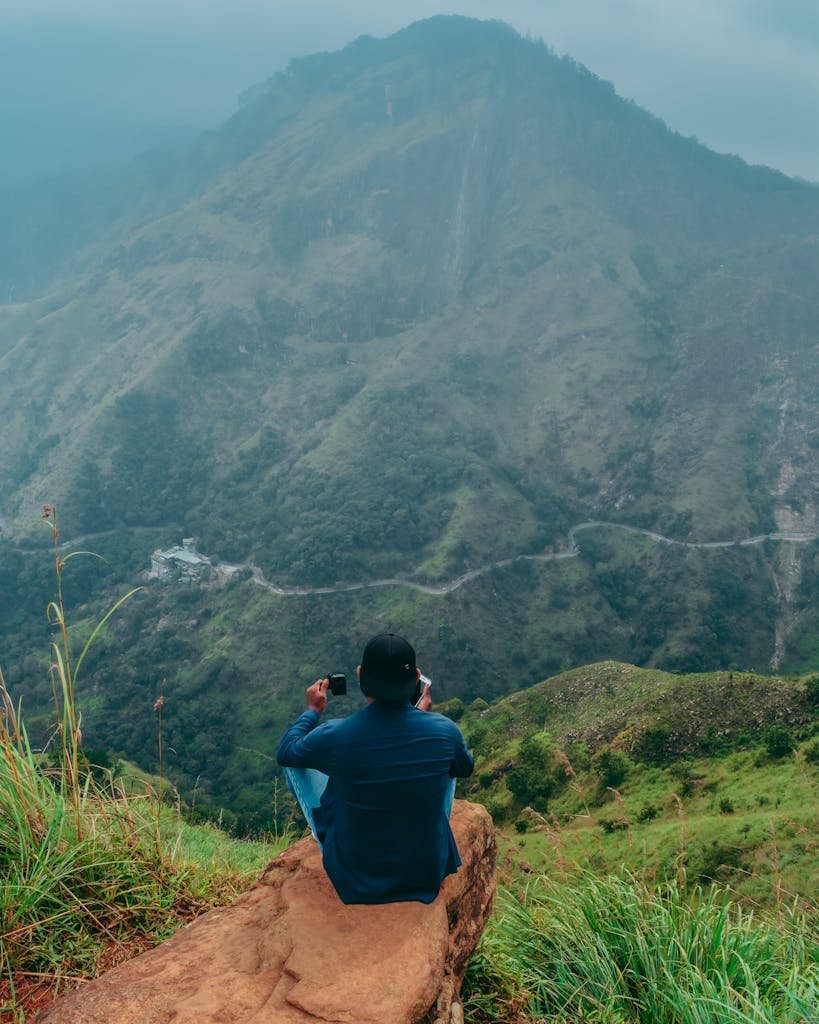
b



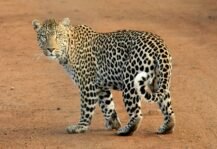
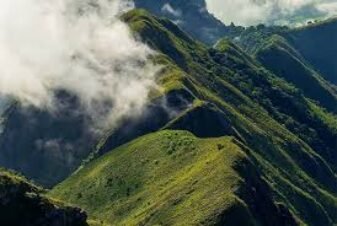
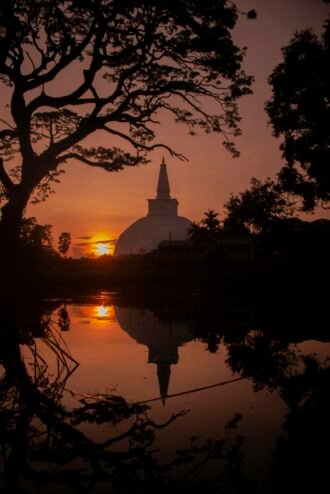
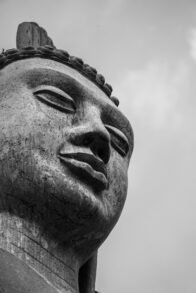
Blog
Sri Lanka: Simply Unforgettable
Are you searching for the ultimate travel destination that combines stunning landscapes, rich culture, and unforgettable experiences? Look no further than Sri Lanka—a jewel nestled in the heart of the Indian Ocean. Sri Lanka has breathtaking beaches. It also boasts lush tea plantations and ancient temples. Sri Lanka offers a diverse array of attractions that cater to every type of traveler. In this blog post, we will explore why Sri Lanka should be at the top of your travel bucket list.
1. Breathtaking Natural Beauty
One of the most compelling reasons to visit Sri Lanka is its incredible natural beauty. The island has pristine beaches on the south coast. It also boasts verdant hills in the central highlands. The island is a paradise for nature lovers.
Beaches: The golden sands of Unawatuna, Mirissa, and Bentota are perfect for sunbathing, surfing, and snorkeling.
National Parks: National parks in Sri Lanka are home to diverse wildlife. Yala National Park and Udawalawe National Park offer thrilling safari experiences. You can spot elephants, leopards, and a variety of bird species.
Tea Plantations: The rolling hills of Nuwara Eliya and Ella are adorned with lush tea estates. They offer scenic views. Visitors can taste some of the finest tea in the world.
2. Rich Cultural Heritage
Why Sri Lanka is the best travel destination? Discover the Pearl of the Indian Ocean. Are you looking for a travel destination with stunning landscapes, rich culture, and unforgettable experiences? Look no further than Sri Lanka—a jewel nestled in the heart of the Indian Ocean. The country has breathtaking beaches. It also has lush tea plantations and ancient temples. Sri Lanka offers a diverse array of attractions that cater to every type of traveler. In this blog post, we will explore why Sri Lanka should be at the top of your travel bucket list.
Sri Lanka boasts a history that dates back over 2,500 years, reflected in its rich cultural heritage and ancient sites.
UNESCO World Heritage Sites: Explore the ancient cities of Anuradhapura and Polonnaruwa. You can also climb the iconic Sigiriya Rock Fortress. It is a stunning masterpiece of engineering and art.
Temples and Shrines: Visit the Temple of the Tooth in Kandy. It houses a relic of Buddha. Experience the vibrant festivals that celebrate Sri Lankan traditions.
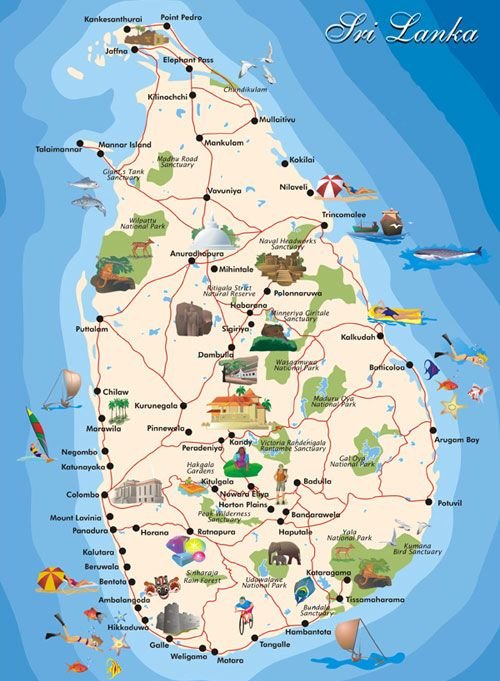
Sri Lanka is officially the Democratic Socialist Republic of Sri Lanka. It is an island country in South Asia. It is located in the Indian Ocean southwest of the Bay of Bengal and southeast of the 1 Arabian Sea. Here’s a brief overview:
- Geography:
- It’s an island with diverse landscapes, including tropical beaches, mountainous regions, and lush vegetation.
- Its climate is tropical, influenced by monsoon seasons.
- History:
- Sri Lanka has a rich and ancient history, with evidence of early human settlements.
- It was formerly known as Ceylon.
- It gained independence from British rule in 1948.
- The country experienced a prolonged civil war that ended in 2009.
- Culture:
- Sri Lanka is a multi-ethnic and multi-religious country, with a diverse cultural heritage.
- The main languages are Sinhala and Tamil.
- Major religions include Buddhism, Hinduism, Islam, and Christianity.
- Economy:
- Key sectors include agriculture (tea, rubber, coconuts), tourism, and textiles.
- Key points:
- Capital: Sri Jayewardenepura Kotte (legislative). Colombo is the commercial capital.
- Population: Approximately 22 million.
- Known for: Beautiful beaches, ancient ruins, tea plantations, and diverse wildlife.
Population
21,361,667 (2019)
Official languages
Sinhala (Indo-Iranian) and Tamil (Dravidian).
Language spoken
Sinhala (69%) and Tamil (25.2%) are the primary languages of most Sri Lankans. Other ethnic groups include the Malayalam, the Ambalavasi, the Mapilla, the Telugu, the Vaddars and the Waggai. Other languages have very few speakers (approximately just 300 people speak vedda). English is widely spoken.
People
Essentially, Sri Lanka is composed of 69% Sinhalese and 25.2% of groups of Tamil expression (among them, Muslims are considered as a separate entity). The Burghers are descendants of mixed race or Indo-Portuguese Indo-Dutch (numbering around 2,200 and they speak Sinhalese). The Vedda are a minority indigenous group.
Religion
Buddhism dominates (70% of the population; 90% of Sinhalese) Hinduism (15% of the population; 80% of Tamils), followed by Islam (8%) and Catholic (7%, shared between Sinhalese and Tamil groups).
National Holiday
February 4: commemoration of Independence (1948).
Holiday Schedule
‘Poya Day’ means ‘day of the full moon’: after Buddha was born, he experienced enlightenment and died on the day of the full moon of May (Vesak Poya). Therefore, all Poya Days are holidays in Sri Lanka: Buddhists dress up in white and visit temples to make offerings of flowers and incense and to meditate.
January: Thai Pongal.
February: Maha Shivaratri.
February 4: national holiday.
April: Avurudu.
April 13 and 14: New Year’s Day.
May 1: Labour Day.
May 22: Hero’s Day.
30 June: public holiday.
July or August: Perahera.
November: Diwali, the festival of lights.
December 25: Christmas.
December 31: non-working day.
History
The first inhabitants of the island were most likely the ancestors of the modern hunter-gatherers, the vedda. According to their scriptures, the Sinhalese arrived from northern India in the 7th century BC. Approaching 300 BC, Buddhism was established, thought to be an indication of a strong Indian influence, and a ‘hydraulic civilization’ was created, combining sutra (religious literature) and irrigation. The island was split into a number of kingdoms: the Anuradhapura (-200 to 1070) and the Polonnaruva kingdom (1070-1200). The Tamil invaded from southern India and gradually the Sinhalese were driven further south. Around the time of this movement, the Tamil eclipsed Indian dynasties including the Chola, Pandya, Chera, Pallava, and the Taprobane, and Sri Lanka became an important fulcrum along the east-west trade route. Arab merchant ships, including the Persians, Burmese, Thais, Malays and Indonesians all landed on the island to refuel. In 1505, the Portuguese arrived and found Sri Lanka was divided into three kingdoms: Kandy, in the centre; Kotte, on the west coast; and Jaffna in the north. They seized the coasts and introduced the Catholic faith. In 1658, the Portuguese were supplanted by the Dutch.
In 1796, the British began to move in and overtook the Dutch. Though they initially believed this would be a temporary occupation, the Brits soon recognised the island’s value and they decided to make it a permanent hold. The island then became the Royal Colony of Ceylon (1815) and the British colonial order was set up, with schools, cricket pitches and railways popping up. Tea became the mainstay of the Sri Lankan economy (alongside rubber, coconut and cane sugar). To help run the thriving industries, the British authorities encouraged the immigration of Tamil-speaking workers. In the 1930s, rooted in the social demands of Sinhalese and Tamils, the national movement began to take shape. During World War II, the Crown Colony was a military base for the allies.
In 1948, independence was granted to Sri Lanka and in 1959, Sinhala was declared the sole official language, given the Sinhalese majority in the national movement and in the population; other measures were also introduced to bolster their position. A policy of ‘positive discrimination’ was launched for the Sinhalese (on the pretext the Tamils were favoured by the British). Resistance organisations began to appear, including the LTTE (Liberation Tigers of Tamil Eelam) in 1976. They advocated the creation of an independent Tamil state. Ceylon was renamed in 1972 to Sri Lanka; around this time, sporadic clashes started to ignite. Buddhism became the leading religion which sparked further animosity, and in 1983 the civil war intensified; it ended in May 2009 when the Tamil Tigers surrendered after the death of rebel leader Velupillai Prabhakaran. In total, it’s believed the civil war led to around 70,000 deaths.
Policy
The President of the Democratic Socialist Republic of Sri Lanka is elected by universal suffrage for a term of six years, renewable once. He is the head of state, government and army. He appoints ministers (the first of them is the leader of the majority party in Parliament). The President may be removed by a 2/3 vote in Parliament, with the approval of the Supreme Court (the president, meanwhile, has the power to dissolve parliament). Parliament is unicameral (225 members, elected for six years).
Famous Sri Lankans
Rukmani Devi (1923-1978), the so-called ‘Nightingale of Sri Lanka’, was a highly acclaimed Sri Lankan actress (appearing in more than 100 films) and a singer who appeared on stage and screen. Clarence Wijewardana (1943-1996) was a well revered musician who founded the group, the Moonstones in 1964, and is seen as the pioneer of Sri Lankan pop music. He then formed the Golden Chimes with ex-members of the Moonstones and subsequently, the Super Golden Chimes, leaving a legacy as one of Sri Lanka’s most memorable musicians and guitar heroes.
Sri Lankan-born Canadian-English Philip Christopher Ondaatje (born 1933) is a renowned businessman and philanthropist. After decades of amassing a fortune through stockbroking and publishing, he left the commercial world and became a prominent philanthropist and adventurer, recounting some of his overseas jaunts as a published author; following in the footsteps of his brother, Michael Ondaatje (born 1943) – a multi-award-winning novelist. Sirimavo Bandaranaike (1916-2000) was the first female head of government in modern history when she was elected Prime Minister in Sri Lanka in 1960. She governed for three terms: 1960 to 1965; 1970 to 1977; and 1994 to 2000. A pioneering figure with an eye on gender equality, she changed the name of Ceylon to Sri Lanka in 1972. Sri Lanka announced two days of national mourning when she died

James Taylor (1835-1892) was one of the founding fathers of Sri Lanka’s thriving tea industry. He was a British subject. He established Ceylon’s first tea plantation in 1867. This was located in the domain of Loolecondera (Kandy District). Together with Scottish merchant, Thomas Lipton (1848-1931), they began exporting tea from Ceylon to Europe. They also exported to North America. This signaled the rapid growth of the Ceylonese tea industry.
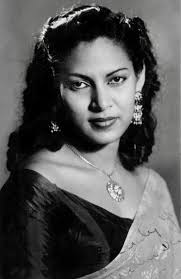
Etiquette
After decades of uncertainty and conflict, Sri Lanka is well and truly on the tourist trail, attracting thousands of travellers every year. Tourism infrastructure is still evolving, however; roads are generally in poor condition and service can be slow. But it’s all part of the experience and needs to be embraced. Despite the care we take in selecting drivers, many of them aren’t trained guides (both linguistically and culturally). Use them as ‘local guides’, who will be effective intermediaries in daily local life, but for in-depth information surrounding a major site, read a good travel guide beforehand. Whilst in the company of a driver, you’re are under no obligation – at any time – to visit a shop or a workshop during one of your journeys (a common practice where the driver receives commission for anything you buy). As a company, we’re firm about this to our drivers, but we’re aware that, at times, it’s something that still happens. Do not hesitate to decline the offer if your driver wants to stop by a shop or workshop.
Tipping is expected throughout Sri Lanka. We recommend giving $50 (£38) a day for taxi drivers; $5-$10 (£3.88-£7.77) a day for a driver guide; $5-$10 for other services (to porters, maids, masseurs, or for a valet). Always refrain from handing out money or items to people, especially children, in the streets – this just encourages begging. If you want to help by providing school supplies, clothing or medicine, it’s best to give them directly to the school principal, the village chief or the nearest clinic, which will to benefit the poor and needy. Also keep in mind that at many Sri Lankan sites, you’ll pay a ‘right to shoot’ for cameras and a ‘right to film’.
Sri Lankans dress demurely, and you need to respect their modesty. For anyone with a tattoo representing Buddha or any Buddhist symbol, it’s imperative you keep it covered: those who do so are liable to arrest and could be deported (possibly via prison).
Shopping
Artisan markets are always worth rummaging through – where traders ply their wares: batik textile art, pottery, basket weaving, lacquer, wood, precious or semi-precious stones, spices and lace. Brush up on your haggling skills for Sri Lanka – bartering is a must. Warning: furniture and other wooden objects are considered antiques if they are more than 50 years old, and therefore are prohibited for export.

Food
Sri Lankan gastronomy is knockout, shaped with a superb natural larder (seafood, tropical fruits, and bold spices). In very simple terms, rice and curry form the basis of Sri Lankan cuisine. They are enhanced by adding meat or fish, along with various condiments and vegetables. Talking of condiments, sambol is incredibly popular. It is a delicious mish-mash of coconut flesh whizzed up with grated pepper and spices. Sambol is often eaten with rice or with bread for breakfast. Other popular dishes include Kiribath (rice cooked in coconut milk). It is served with a sprinkling of sesame seeds. Cutlets (spicy croquettes) are deep-fried potato and fish balls. Biriyani is a Muslim specialty. It consists of rice, chicken, mutton, or beef, is thick with spices and topped with hard-boiled egg. For breakfast, go for the hoppers – rice pancakes made from rice flour and coconut milk, with a spicy side of dhal, curry and sambol. Vegetables and fruits are in abundance, too. Need something sweet? Order a memorable curd and treacle (buffalo milk curd with treacle).
Drink
Tap water is unsafe to drink so always stick to bottled mineral water, ensuring the cap hasn’t been broken. Sodas and beer (local brews are blonde and light) are widely available. Coconut water (served straight from the fruit) is very refreshing and rehydrating. Coconut sap is also used to make palm wine (toddy) or potent arrack. A legacy of the British colonisation, tea is the national drink, usually black tea, drunk with milk and sugar. There are also green teas (of Idalgashinna) and white (Nuwara Eliya).
Food
Sri Lankan cuisine is a vibrant tapestry of flavors, influenced by its rich history and diverse cultural makeup. Here’s a deeper dive into the foods and drinks that make Sri Lanka a culinary paradise:
Staple Foods:
Rice and Curry: This is the heart of Sri Lankan cuisine. It’s not just one curry, but a variety of them, each with its unique blend of spices, coconut milk, and ingredients like vegetables, meat, or seafood.
Common curries include dhal curry (lentil), chicken curry, fish curry, and vegetable curries made with ingredients like jackfruit, eggplant, or okra.
Hoppers (Appa): These bowl-shaped pancakes are made from a fermented batter of rice flour and coconut milk.
They can be savory (egg hoppers, string hoppers) or sweet (pani appa).
String Hoppers (Idiyappam): Delicate, steamed rice flour noodles, often served with curries or sambol.
Kottu Roti: A popular street food made by chopping roti (flatbread) and stir-frying it with vegetables, eggs, meat, or seafood.
Lamprais: A Dutch Burgher influenced dish, consisting of rice, meat curry, and other accompaniments, all wrapped in a banana leaf and baked.
Flavor Enhancements:
Sambol: These are relishes that add a spicy kick to meals. Pol sambol (coconut sambol) is a common one, made with grated coconut, chili, and lime.
Spices: Sri Lankan cuisine is renowned for its use of spices like cinnamon, cardamom, turmeric, and chili, which create complex and flavorful dishes.
Drinks:
King Coconut Water: A refreshing and hydrating drink, straight from the orange-hued king coconut.
Ceylon Tea: Sri Lanka is famous for its high-quality tea, which is enjoyed in various forms.
Toddy: A traditional, mildly alcoholic drink made from the sap of palm trees.
Arrack: An alcoholic spirit distilled from the fermented sap of coconut flowers.
Fruit Juices: With the abundance of tropical fruits, juices like those made from Wood apple, mango, and many other fruits are very popular.
Sweet Treats:
There are a very large assortment of sweet treats, often served during festivals, and family events.
Examples are, Kavum, Kokis and Watalappam.
Sri Lankan food offers a journey for the senses, with its bold flavors and unique combinations.
